Features
The Winnipegger who changed the course of Calgary’s history
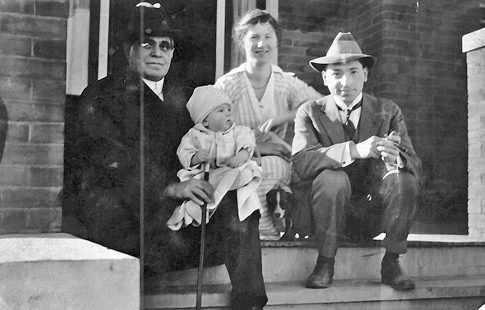
By IRENA KARSHENBAUM Calgary is not known for saving its heritage buildings — although some impressive exceptions exist — so when on March 15 a local real estate investment company, Strategic Group, that is not in the business of heritage restoration, announced they will be restoring the city’s most significant Art Moderne building, the news came as a welcome surprise.
Work has begun on the 1951 Barron Building, once the epitome of chic, that for the last dozen years had stood empty and its future uncertain.
In 1947, when oil was discovered in Leduc, which is closer to Edmonton than to Calgary, oil companies could have settled in the provincial capital instead they were lured to Calgary, thanks to the daring of J.B. Barron, a Winnipeg-native, who saw that the city desperately needed office space and built Calgary’s first post-WWII high-rise. Named the Mobil Oil Building initially, in honour of its biggest tenant and located at 610 8 Avenue S.W., John Barron, J.B. Barron’s oldest grandson who, at the age of five, broke ground in 1949 for the construction of the building, remembers that his grandfather was thought of as “crazy” at the time because, “the city was never going to move that far west.”
Calgary had been struggling through a depression over the previous 35 years since the economic collapse in 1913, so it was hard for the naysayers to imagine a different future.
Calgary’s rising fortunes had their beginnings in Winnipeg.
Born in 1863, Joseph Samuel Barron arrived in Winnipeg in 1880 from Kiev. In 1887, he married 18-year-old Kiev-native, Elizabeth Belapolsky, and the couple had two sons, J.B. (Jacob Bell), born in 1888 and, Abraham, who followed in 1889.
Not immune to the gold rush fever that had spread across North America, in 1898 J.S. Barron left behind his family in Winnipeg and headed to Dawson City enduring an arduous journey by climbing through the White Pass on foot, carrying his merchandise on his back.
A lucky few struck it rich during the Klondike Gold Rush, which lasted only from 1896 to 1899, but most did not – J.S. Barron among them. In 1899, when gold was found in Nome, Alaska, people abandoned Dawson City to seek their fortunes in Nome. J.S. Barron remained.
Elizabeth waited for her husband to return and finally, in 1902, set out on a difficult journey with her two young sons. They traveled from Winnipeg to Regina to Calgary to Seattle by train, where they boarded a liner that sailed north to Skagway on the coast of Alaska, then by railroad to Whitehorse, where they boarded the Casca sternwheeler, which sailed on the Yukon River, and finally arrived in Dawson City.
J.B. and Abe were the first graduates of Dawson City High School and, in 1905, while the father remained in the Yukon, headed with their mother to the University of Chicago, where they studied law. Elizabeth supported her sons by sewing dresses for Vaudeville and Yiddish Theatre actresses and cooking for them. Following graduation, in 1911, J.B. Barron came to Calgary at the urging of his uncle, Charlie Bell, who had recently built the King George Hotel (demolished in 1978). Elizabeth and Abe arrived in Calgary the following year.
Even though J.S.’s mercantile business burned down three times, he continued to stay in Dawson City. Elizabeth had to brave another journey to Dawson City to coax her husband to return to his family. The parents eventually joined their sons in Calgary in 1913, but Joseph passed away in 1917. Elizabeth survived him until 1941.
In 1914, J. B. Barron married fellow Winnipeg-native Amelia Helman, daughter of Odessa-born John Louis Helman and Esther Helman (née Finkelstein), from Shumsk, Ukraine. The couple had three sons: William, Robert and Richard. A teacher, Amelia served as president of the Calgary Chapter of Hadassah and was instrumental in bringing Goldie Myerson and Eleanor Roosevelt to the city.
In 1915, J.B. Barron became the first Jewish lawyer in Calgary to be admitted to the bar. Abe passed the bar in 1919 and the two brothers started the law firm, Barron & Barron. By acting as the solicitor for the Allen brothers, a Jewish family that had established a national movie theatre chain, in 1923, J.B. acquired the Allen’s Palace Theatre on 8th Avenue and discovered his calling, as theatre impresario.
In 1924, he brought the violinist, Jascha Heifitz, and pianist, Sergei Rachmaninoff, who played to thrilled audiences. In 1926, he hired newly-arrived Leon Asper to serve as the conductor of the Palace Concert Orchestra, along with his wife, Cecilia, who played the piano. He convinced Crimean-born, Grigori Garbovitsky, who had settled in Winnipeg, to move to Calgary, where the violinist and conductor founded the Calgary Symphony Orchestra. In 1928, however, J.B. Barron lost control of the Palace Theatre.
It took him another nine years before he would own another theatre, the Sherman Grand. Located in the 1912 Lougheed Building — built by Senator Sir James Lougheed, the grandfather of Premier Peter Lougheed — he bought the theatre from the Lougheed family, giving them much-needed cash. The Lougheeds, who once entertained European royalty in their mansion but, since the death of the senator, and being lenient about collecting rent from their tenants to help keep their businesses afloat during the Great Depression, were themselves on the brink of financial ruin.
Owning the Grand gave J.B. Barron not only the opportunity to return to being a theatre impresario — he brought pianist Artur Rubinstein to Calgary in 1942 and 1944 — but the Chicago Style Lougheed Building would serve as a model for his greatest project yet to come.
Located on the corner of 6th Avenue and 1st Street S.W., the 6-floor, mixed-use building contained the Sherman Grand Theatre, retail at street level, offices and a penthouse. When opened in 1912, it was Calgary’s most prestigious corporate address. (By the end of the 20th century the building was in severe decline and only thanks to a devastating fire in 2004 did it galvanize wide-spread civic support for its restoration.) J.B. Barron used this model to build his own mixed-use building with the Uptown Theatre, stores at street level, office space on the second to tenth floors and an eleventh floor containing office space for his business as well a penthouse for him, since he and Amelia were by then separated. The penthouse opened on to a rooftop garden for his dog, Butch.
Completed at a cost of $1.125 million, the Alberta Association of Architects (ASA) listed the Barron Building as Significant Alberta Architecture. The penthouse design was influenced by Frank Lloyd Wright. The rooftop garden won the Vincent Massey Award for excellence in urban planning for a rooftop garden.
The building housed Sun Oil, Shell Oil, Socony Mobil Oil Company and others. New office towers sprung up around it, inspiring the expression, “the oil patch.” (Built so far west, it also inadvertently saved from demolition early 20th century buildings along the eastern section of 8th Avenue that today make up the Stephen Avenue National Historic District.) Calgary’s position as the oil capital of Canada was sealed.
J.B. Barron passed away in 1965. His sons took over the management of the building until 1981, when they sold it to a Swiss family for what is believed to be $6 million. The real estate market soon collapsed and the building was eventually foreclosed. It stood on the market through the mid 1980s until 1992 when Blake O’Brien, a young banker, placed a joke bid of $250,000 at an auction and found himself the accidental owner of the Barron Building and Uptown Theatre.
Under O’Brien, the Uptown Theatre flourished as if a scene out of Cinema Paradiso, while the rest of the building languished empty like a Sicilian village. For years, O’Brien lived with his own dog in the penthouse, filled with 1950s furniture.
In 2005, while attending a Calgary Centre Hadassah meeting, I met Linda Barron (née Rosenthal), a Winnipeg native. When asked if she had a connection to the Barron Building, she explained that it had been built by the grandfather of her husband, John Barron. My relationship with the Barron family grew, along with my research about their extraordinary grandfather and his building.
In 2009, the building was bought by Strategic Group and its future came into question when the company discarded the contents of the penthouse, removed the theatre marquée ,and ripped out the Uptown Theatre.
Between 2007 and 2013, I advocated for the restoration of the Barron Building and Uptown Theatre by writing articles, giving public talks and, in 2012, witing a submission that included placing the building on that year’s National Trust of Canada Top Most Endangered Places List. This advocacy helped raise awareness of the significance of the building. Representatives of Strategic Group attended my talk for Historic Calgary Week in the summer of 2012 and, in the fall of that year, I was invited to meet with Riaz Mamdani, CEO of Strategic Group, who showed me his plans for the building. I asked Mamdani to restore the Barron Building to the highest heritage standards and make it the jewel in his Strategic crown. I left the meeting uncertain that things would end well. Later, a number of groups wrote to provincial and municipal governments and, in 2014, the Government of Alberta ordered a Historic Resources Impact Assessment.
After years of work, on March 15, Strategic Group announced they will be investing $100 million into the restoration and residential conversion of the Barron Building for which they will receive an $8.5 million incentive from the City of Calgary.
Strategic Group’s investment is likely the largest heritage restoration project in Calgary’s recent history and needs to be recognized and celebrated. The Barron Building’s continued life will serve to tell a wild story of fortunes lost and made across space and time.
With files from Daniel Barron and Donald B. Smith.
Irena Karshenbaum is a writer, historian and heritage advocate living in Calgary. www.irenakarshenbaum.com

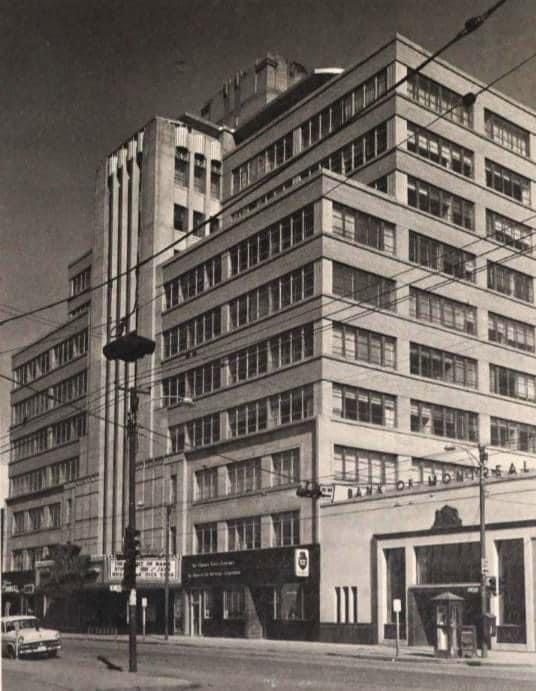
Features
CAD Performance in 2025: Key Factors Behind Its Recovery
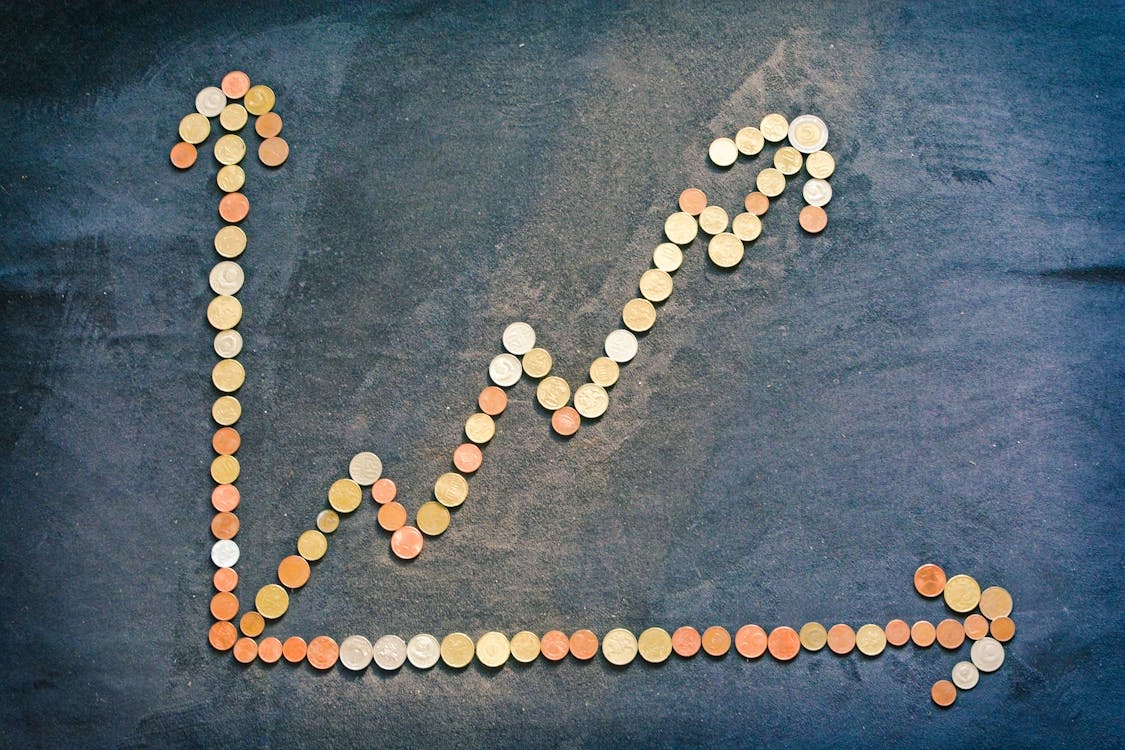
The CAD is clawing back lost ground. Discover what pushed the loonie down in 2024, what’s lifting it in 2025, and why its future still hangs in the balance.
2024 was a strange year for the loonie. If you are an active currency trader, a quick look at a CAD/USD price chart would have you nodding in agreement. Yes, the year started off strong, but as the months rolled by, it was obvious that something was wrong, especially as we neared the end of Q3. The reason for the downtrend was clear. Most people agreed that it was the tariff threats from Washington, rate cuts at home, and a volatile global economy that were being reflected in the currency markets. And for a while, the CAD was stuck in that losing streak, with some experts even suggesting that there was still more to come.
As the new year rolled around, it didn’t seem like anything had changed. But by mid-2025, quiet shifts had turned into a noticeable recovery, with the loonie gaining back significant ground against the greenback. So, in this piece, we’ll break down what really dragged the Canadian dollar lower in 2024, what’s fueling its recovery this year, and whether this rebound is going to hold steady.
Understanding What Happened in 2024
At the start of the year (2024), one U.S. dollar traded for about 1.35 CAD, which translates to one Canadian dollar being valued at roughly 74 cents U.S. It wasn’t anything special at the time, especially after the levels of inflation and volatility of 2023. Still, economists noted that these were the few key factors that kept the loonie afloat early in the year:
- The price of oil made a comeback. Crude prices firmed up early in the year, supporting Canada’s export earnings and adding a tailwind to the currency.
- Employment figures were solid. Job growth held up, and steady wage gains helped offset the pressure of higher borrowing costs.
- The BoC held a steady interest rate. After an aggressive round of rate hikes in 2023, policymakers looked ready to pause and let the economy cool gradually.
All of these factors were thought to have helped build confidence in the Canadian economy and by mid-2024, the loonie had edged up toward 76-77 cents U.S.
Late-Year Turbulence
Not a lot of people saw it, but as Q2 2024 unfolded, the CAD started to look unattractive to currency market investors. How? Well, it started when the Bank of Canada (BoC) started to signal its intention to cut interest rates. It gave its clearest sign to this on April 10, 2024 when the bank highlighted that inflation was slowing down and it was leaving the door open for rate cuts. This announcement changed market expectations almost overnight.
Eventually, the first cut came on June 5, 2024. The BoC lowered its benchmark rate by 25 basis points from 5% to 4.75%, becoming the first major G7 central bank to start easing.
From there, the pace picked up with rates being reduced four more times. The market’s reactions to these cuts were immediate. And any currency trader with a reliable forex trading app saw each one unfold live. The CAD began to lose altitude as the yield gap with the U.S. widened. With lower returns on Canadian assets, investors favored the greenback. Adding to the pressure, the Trump campaign’s 25% tariff threat in September ignited the fears of a trade war. Which led to traders quickly pricing in potential hits to exports and investment, sending sentiment lower.
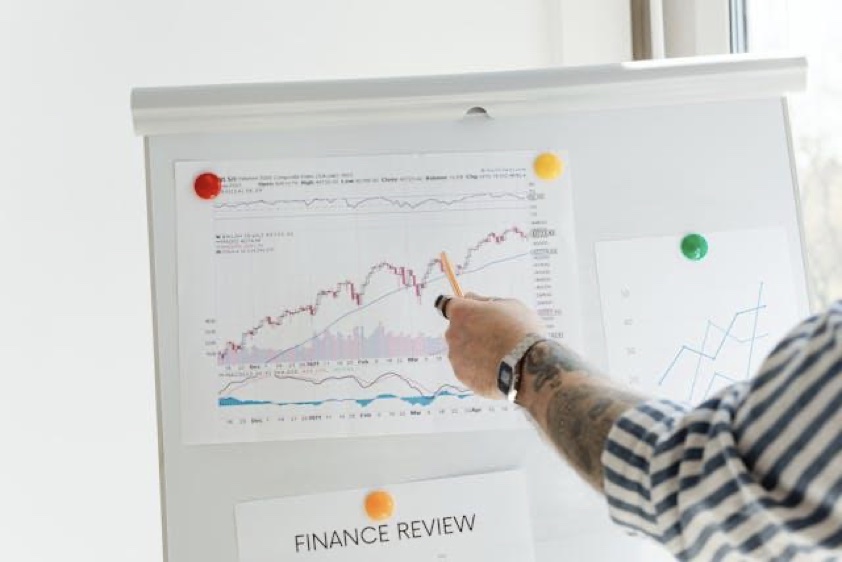
The 2025 Comeback
The CAD started 2025 trading at around 67 cents U.S., with some days even seeing it flirt with the 66-cent mark. So, it was a common assumption in the currency traders’ community that 2024 might repeat itself. But something was different this time. Every day, the loonie was quietly clawing back much of the ground it lost during the previous year’s slump.
So, what was different this time? Well, experts believe the panic that gripped both retail and institutional traders through late 2024 began to fade. As positive economic data started to filter in, confidence slowly returned alongside a few key drivers. By midyear, analysts were already talking about a turnaround rather than just a recovery attempt. The CAD was trading in the 72-73-cent U.S. range, up solidly from its January lows, and here’s its current rate.
Major Factors Behind the CAD’s Recovery
So, what helped the CAD? Well, there were a few clear factors that came together to turn sentiment around and put the loonie back on steadier footing.
- U.S. Dollar Weakness
A softer U.S. dollar was one of the clearest tailwinds for the CAD in 2025. The weakening of the USD started occurring when investors started to pull back from U.S. assets as political tension, fiscal worries, and softer economic data piled up.
What drove it?
- Trade and political uncertainty: Tariff moves and Washington infighting rattled investor confidence.
- Fiscal strain: Deficit concerns eroded trust in U.S. financial stability.
- Fed policy shifts: With the Federal Reserve showing interest in cutting rates (and actually doing so on September 16), the yield advantage that once favored the dollar began to fade.
As investors reduced exposure to U.S. assets, capital rotated into other major currencies. The CAD, being liquid and commodity-linked, was one of the key beneficiaries, strengthening almost by default as the greenback lost ground.
- Diverging Monetary Policy
Monetary policy divergence became another major driver. The Bank of Canada held its policy rate steady near 2.75% through Q2 2025 before cutting in September, signaling confidence that inflation was cooling without stalling growth. Meanwhile, the U.S. Federal Reserve began easing monetary policy with its first rate cut in September 2025, responding to slowing growth and softer inflation. This divergence in pace and tone helped support the Canadian dollar’s rebound.
This narrowing interest rate gap mattered. And with Canada offering relatively higher yields, foreign investors found the loonie more attractive, especially compared to the softening U.S. dollar. For traders, the CAD started to look like a better carry trade than it had in over a year.
- Easing Tariff Fears
Another major psychological lift came from the fading of tariff risks. In the first half of 2025, Trump’s proposed 25% tariffs on Canadian goods lost traction as political attention shifted elsewhere. While some concerns still lingered, the immediate threat of a trade shock began to ease. Cross-border trade flows regained a bit of momentum, and markets started to price in a smoother path for Canadian exports. That renewed confidence played a key role in supporting the loonie’s recovery.
Can the Loonie Hold Its Ground?
As 2025 moves forward, the consensus among analysts is cautious but constructive. Most expect the Canadian dollar to trade in the 1.33-1.36 range against the U.S. dollar, a level that points to stability. The worst of 2024’s volatility seems to be behind it, but the loonie’s next moves will still depend on how the global story unfolds.
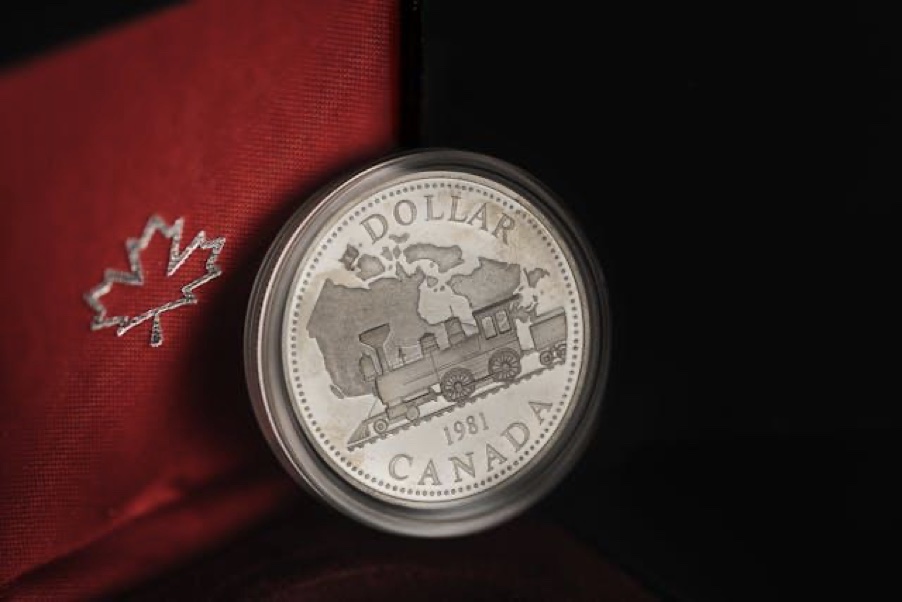
A Currency That Refused to Stay Down
The past two years have been anything but smooth for the CAD, but this move has proven one thing: resilience runs deep. After weathering policy shifts, tariff scares, and market pessimism, the loonie has managed to rebuild its footing in 2025. Its recovery hasn’t been dramatic. It was grounded in solid fundamentals and steady confidence. For traders, that’s a reminder that sentiment can turn just as fast as it fades.
Features
Statistical Volatility Models in Slot Mechanics: Extended Expert Analysis Informed by Pistolo Casino
Analytical reviews of slot volatility often reference ecosystems similar to those found at Pistolo casino. Within the gambling research community, volatility is understood not as a marketing attribute, but as a technical framework that shapes how digital slot systems distribute outcomes over time. Expanding on earlier overviews, this extended analysis examines the deeper mathematical logic behind volatility classes, as well as their implications for long-term behavioural modelling.
Volatility as a Mathematical Architecture
Slot volatility is commonly divided into high-, medium-, and low-risk models, yet this simplified categorisation hides the structural complexity underneath. Developers configure several layers of probability weighting, which include:
- Event Density Layers – Each slot contains multiple weighted segments representing minor, medium, and rare outcomes.
- Return Frequency Curves – These curves dictate how the distribution of payouts drifts around the long-term equilibrium.
- Reel Weighting Matrices – Symbol appearance probability is shaped not only by frequency but also by conditional dependencies within each reel strip.
Research drawing on examples parallel to Pistolo casino shows that modern slots increasingly use modular probability blocks, making outcome variance more flexible and more precisely adjustable during development.
Behavioural Interpretation of Volatility Signals
From a player analytics perspective, volatility modelling helps identify how different user groups respond to varying risk structures. High-volatility mechanics frequently attract users who seek extended tension cycles and the possibility of occasional strong outcomes, while low-volatility systems are associated with steady-state gameplay and longer average session times.
Analysts also examine “volatility fatigue,” a concept describing the moment when prolonged dry cycles reduce engagement. By tracking these patterns, researchers can map how changes in event spacing affect decision-making, bet sizing, and persistence.
Simulation Methodology for Evaluating Volatility Accuracy
Technical audits rely heavily on large-scale simulations—sometimes exceeding fifty million iterations — to verify that the modelled volatility aligns with theoretical expectations. Key indicators include:
- Hit rate stability across long sequences
- Distribution symmetry, ensuring outcomes do not drift into accidental bias
- Deviation corridors, which define acceptable ranges for short-term anomalies
- Return-to-player convergence, showing whether the model equilibrates over time
When discrepancies appear, developers may adjust symbol weighting, probability intervals, or feature-trigger frequency until the system reaches internal balance consistent with regulatory and mathematical demands.
Volatility’s Role in Market Diversity
Volatility modelling helps explain the substantial variety between slot titles. Instead of relying solely on themes or graphics, modern game design differentiates titles by emotional rhythm and progression speed. This technical approach has led to more deliberate pacing structures where reward cycles, anticipation building, and event clustering are calibrated through mathematical systems rather than subjective intuition.
Conclusion
Volatility remains one of the most precise and data-driven components of slot design. Its study provides insight into outcome diversity, behavioural responses, and long-term predictability. Research frameworks referencing platforms comparable to Pistolo Casino highlight how volatility models shape modern gambling environments through measurable probability engineering and large-scale simulation.
Features
Bias in America’s Colleges Produced Modern Anti-Zionism
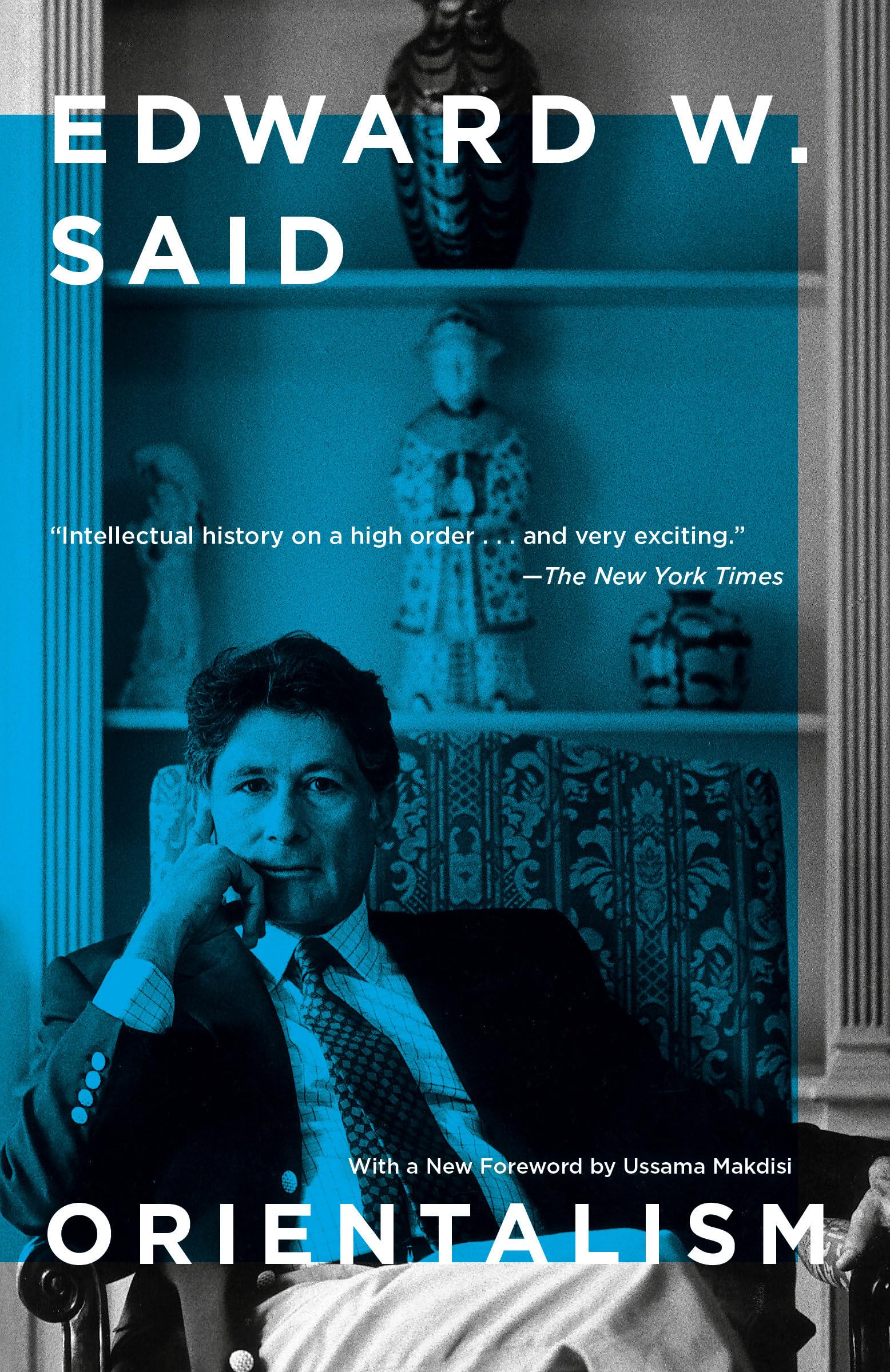
By HENRY SREBRNIK Jon A. Shields, Yuval Avnur, and Stephanie Muravchik, professors at the Claremont Colleges in California, have just completed a study, “Closed Classrooms? An Analysis of College Syllabi on Contentious Issues,” published July 10, 2025, that draws on a database of millions of college syllabi to explore how professors teach three of the most contentious topics: racial bias in the criminal justice system, the Israel-Palestine conflict, and the ethics of abortion.
They used a unique database of college syllabi collected by the “Open Syllabus Project” (OSP). The OSP has amassed millions of syllabi from around the world primarily by scraping them from university websites. They date as far back as 2008, though a majority are from the last ten years. Most of the data comes from universities in the United States, Britain, Canada, and Australia.
“Since all these issues sharply divide scholars, we wanted to know whether students were expected to read a wide or narrow range of perspectives on them. We wondered how well professors are introducing students to the moral and political controversies that divide intellectuals and roil our democracy. Not well, as it turns out.”
In the summary of their findings, “Professors Need to Diversify What They Teach,” they report that they found a total lack of ideological diversity. “Across each issue we found that the academic norm is to shield students from some of our most important disagreements.”
Teaching of Israel and Palestine is, perhaps no surprise, totally lopsided, and we’ve seen the consequences since October 7, 2023. Staunchly anti-Zionist texts — those that question the moral legitimacy of the Israeli state — are commonly assigned. Rashid Khalidi, the retired professor of Modern Arab Studies at Columbia, is the most popular author on this topic in the database. A Palestinian American and adviser to the Palestine Liberation Organization delegation in the 1990s, Khalidi places the blame on Israel for failing to resolve the conflict and sees the country’s existence as a consequence of settler-colonialism.
The problem is not the teaching of Khalidi itself, as some on the American right might insist. To the contrary, it is important for students to encounter voices like Khalidi’s. The problem is who he is usually taught with. Generally, Khalidi is taught with other critics of Israel, such as Charles D. Smith, Ilan Pappé, and James Gelvin.
Not only is Khalidi’s work rarely assigned alongside prominent critics, those critics seem to hardly get taught at all. They include Israel: A Concise History of a Nation Reborn by Daniel Gordis, a professor at Shalem College in Israel. Gordis’s book appears only 22 times in the syllabus database. Another example is the work of Efraim Karsh, a prominent historian. His widely cited classic, Fabricating Israeli History, appears just 24 times.
For most students, though, any exposure to the conflict begins and ends with Edward Said’s Orientalism, first published in 1978. Said is the intellectual godfather of so many of today’s scholars of the Middle East, thanks in no small part to this classic book. Said was a Palestinian-American academic, literary critic, and political activist from a prominent Christian family. Educated at Princeton and Harvard Universities, two of America’s most distinguished centres of higher learning, he taught at Columbia University, another Ivy League institution, until his death in 2003.
Said was no crude antisemite. His writings were aimed at academics and intellectuals and he has, in my opinion, done more damage to the Jewish people than anyone else after 1945. Said claimed to be the first scholar to “culturally and politically” identify “wholeheartedly with the Arabs.” But he was also a political activist for the Palestinian movement opposing the existence of Israel.
Said warned PLO leader Yasir Arafat that if the conflict remained local, they’d lose. Join “the universal political struggle against colonialism and imperialism,” with the Palestinians as freedom fighters paralleling “Vietnam, Algeria, Cuba, and black Africa,” he advised.
(In this he was not the first, though. Fayez Sayegh, a Syrian intellectual who departed for the United States and completed his Ph.D. at Georgetown University in 1949, preceded him. Also an academic, his 1965 monograph Zionist Colonialism in Palestine stands as the first intellectual articulation of Zionism as a settler colonial enterprise, arguing that the analytical frameworks applied to Vietnam and Algeria apply equally to Palestine. The treatise situated Zionism within European colonialism while presenting it as uniquely pernicious.)
Israel’s post–Six-Day War territorial expansion helped Said frame Israel as “an occupying power” in a 1979 manifesto titled The Question of Palestine. Alleging racial discrimination as the key motive was a means of transforming the “Zionist settler in Palestine” into an analogue of “white settlers in Africa.” That charge gained traction in a post-Sixties universe of civil rights, anti-imperialism, anti-colonialism, and Western self-abnegation. The work sought to turn the tables on the prevailing American understanding of Israel: It is not, in fact, an outpost of liberal democracy or refuge from antisemitism, but an instrument of white supremacy.
Orientalism popularized a framework through which today’s advocates on behalf of Palestinians understand their struggle against the state of Israel and the West generally. Said casts the Western world as the villains of history and peoples of the East as its noble victims.
The essence of the book, Said concluded, is the “ineradicable distinction between Western superiority and Oriental inferiority.” It falsely affirms “an absolute and systematic difference between the West, which is rational, developed, humane, superior, and the Orient, which is aberrant, undeveloped, inferior.”
So it was impossible to take Zionism seriously as one among the myriad nationalist movements that emerged in the nineteenth century, much less to see Israel itself as a land of refugees or the ancestral homeland of Jews. And, indeed, Said’s Orientalism singles out Israel for special rebuke, suggesting that the state could be justified only if one accepted the xenophobic ideology at the core of Western civilization. Israel’s defenders, particularly those who lament the lack of democracy in the Middle East and fault Arabs for their militancy, represent the “culmination of Orientalism.”
Said is widely acknowledged as the godfather of the emerging field of postcolonial studies, and his views have profoundly shaped the study of the Middle East. Said also inspired – and in some cases directly mentored – a generation of anti-Zionist U.S. scholars whose dominance in the academic study of the area is unquestionable today.
The political left that emerged trained itself to read every conflict as the aftershock of colonialism. The ideological narrative of oppression and resistance allowed even the jihadist to become a post-colonial rebel.
It’s hard to overstate the academic influence of Orientalism. The authors note that “As of this writing, it has been cited nearly 90 thousand times. It is also the 16th most assigned text in the OSP database, appearing in nearly 16 thousand courses.” Orientalism is among the most popular books assigned in the United States, showing up in nearly 4,000 courses in the syllabus database. Said’s work appears in 6,732 courses in U.S. colleges and universities.
But although it was a major source of controversy, both then and now, it is rarely assigned with any of the critics Said sparred with, like Bernard Lewis, Ian Buruma, or Samuel Huntington. Instead, it’s most often taught with books by fellow luminaries of the postmodern left, such as Frantz Fanon and Judith Butler.
All these ideas are now embedded into diversity, equity, and inclusion identity politics, and “humanitarian” outrage over supposed Israeli “settler-colonialism,” “genocide,” and “apartheid.”
The ground for the massive pro-Hamas college and university encampments, and attacks on Jewish students, was prepared decades ago. The long march of progressives through American institutions over the past decades has taken its toll on society.
Henry Srebrnik is a professor of political science at the University of Prince Edward Island.


